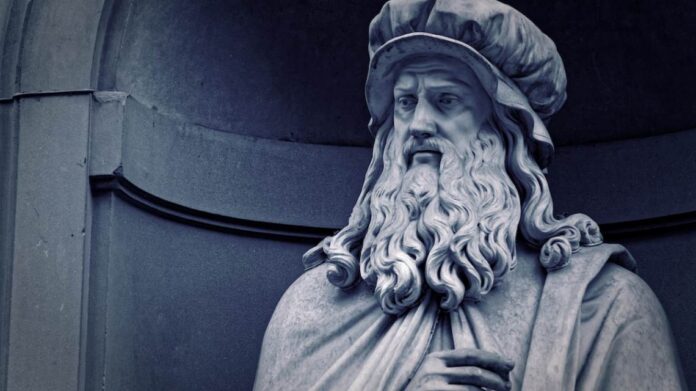Believe It or Not!, Leonardo da Vinci understood gravity in the 1500s, long before Galileo, Newton, and Einstein came up with their own theories about the mutual attraction between objects, according to new research from Caltech. The findings, published in the journal Leonardo, show that da Vinci’s notebooks included experiments in which he demonstrated that gravity is a form of acceleration. His calculations were 97 percent accurate when it came to modeling the gravitational constant!
“We don’t know if da Vinci did further experiments or probed this question more deeply,” Caltech Aeronautics and Medical Engineering Professor Mory Gharib explained. “But the fact that he was grappling with this problem in this way—in the early 1500s—demonstrates just how far ahead his thinking was.”
Da Vinci’s Discovery
Da Vinci explored gravity concepts prior to Galileo Galilei’s 1604 theory that a falling object was proportional to the square of time elapsed. In the late 17th century, Sir Isaac Newton created a law of universal gravitation and objects’ attraction to each other. In 1907, Albert Einstein developed the equivalence principle. According to the researchers, what held da Vinci back was that he didn’t have the tools at his disposal to work out his concepts, such as a way to measure time as objects fell.
Gharib came across da Vinci’s experiments in the Codex Arundel, a series of notes covering a range of topics. Gharib was researching a topic for his graduate students when he found sketches with triangles and the phrase “Equatione di Moti” on the hypotenuse of the isosceles right triangle. He and two colleagues examined the diagrams as well as the notes, which were written in Italian and da Vinci’s left-handed mirror writing.
Engineers from Caltech have discovered that Leonardo da Vinci’s understanding of gravity—though not wholly accurate—was centuries ahead of his time.
ℹ:https://t.co/jzZf0z58iy pic.twitter.com/o3RzKJRBzQ— Science and Fun🛰🚀🧪🤖⚙ (@XcienceAndFun) February 15, 2023
Da Vinci’s experiments included a water pitcher dropping either water or a granular material such as sand on the ground. Da Vinci knew that the water and/or sand would accelerate rather than fall at a constant velocity when the pitcher was parallel to the ground. When a pitcher moves at a constant speed, the material falls vertically, so there is no triangle.
When the pitcher accelerates at a constant rate, the falling material slants and forms a triangle. If the pitcher’s motion accelerates simultaneously as the gravity accelerates the falling material, an isosceles right triangle is formed. That is why da Vinci wrote “Equatione di Moti” or “equalization (equivalence) of motions.
Checking the Calculations
Da Vinci attempted to describe acceleration using mathematical concepts but wasn’t completely accurate. Using computer modeling, Gharib’s team found an error with the water vase experiment. While da Vinci’s calculations were incorrect, he used the somewhat inaccurate equation in the proper manner.
Chris Roh, former postdoctoral researcher at Caltech and current assistant professor at Cornell University, explained: “What we saw is that Leonardo wrestled with this, but he modeled it as the falling object’s distance was proportional to 2 to the t power [with t representing time] instead proportional to t squared.”
Considering the tools da Vinci had available at the time, his findings are nothing short of incredible!
By Noelle Talmon, contributor for Ripleys.com
EXPLORE THE ODD IN PERSON!
Hits: 0









